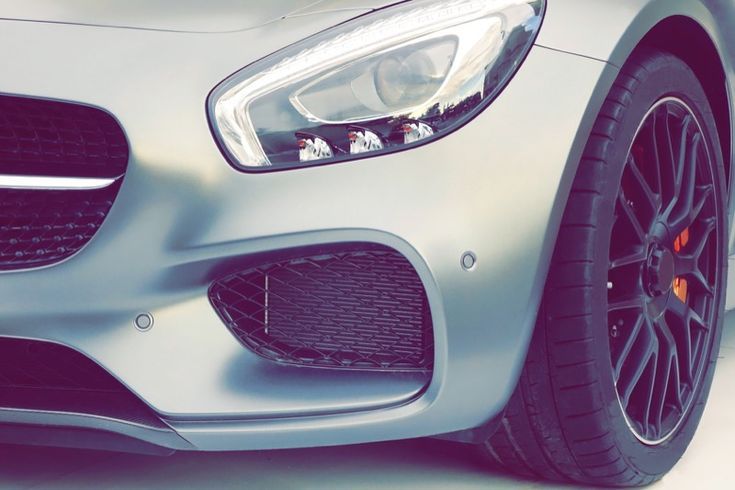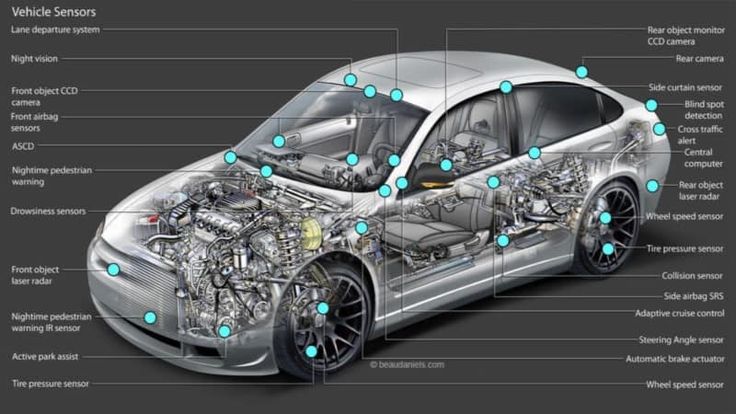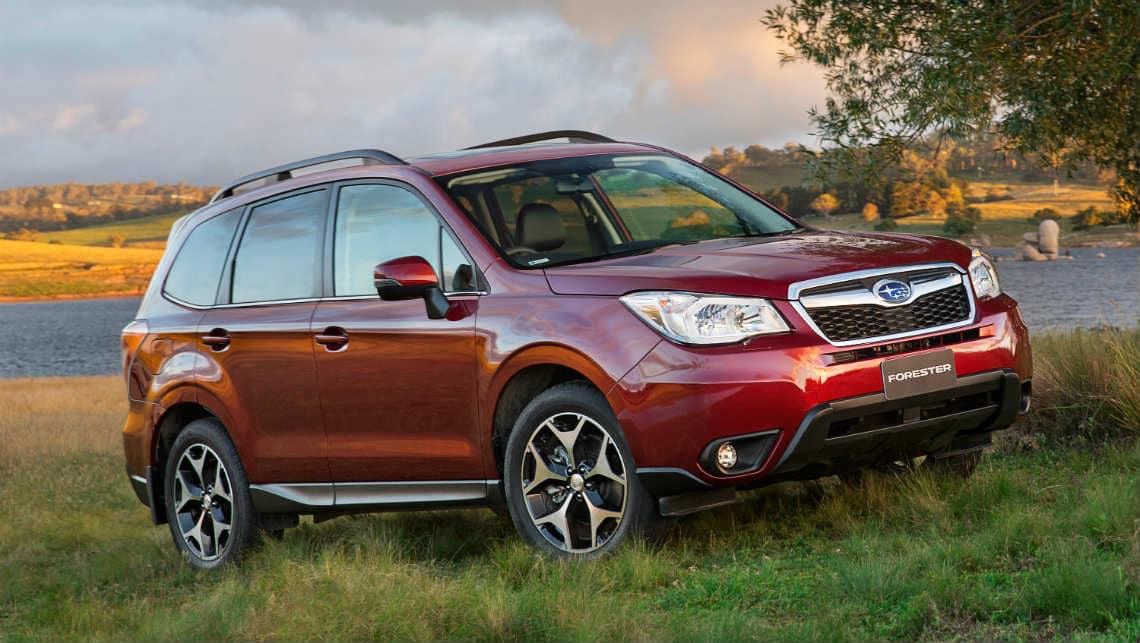What Sensors Can Cause A Car Not To Start?
What can cause a car not to start? There are many reasons we can list but one of the causes we can’t help but mention that it’s car sensors. But the problem is: there are thousands of sensors in your car so What sensors can cause a car not to start? Let’s deep down into the article to find out the details!
What Sensors Can Cause A Car Not To Start?
As we know, automotive sensors collect and transfer input signals to the vehicle computer commonly called ECM (engine control module) so the ECM can process the signal to carry out its oppression correctly. Technically, a sensor is a component that monitors the change in its environment and converts source information into an electrical signal that is sent to the control unit as input. Sensors play a very important role in car operation. And there are plenty of sensors that could cause a non-start situation. Let’s find out to know what sensor would stop a car from starting.
Crankshaft position sensor

The first sensor you should check when your car doesn’t start is the crankshaft position sensor (CPS). This sensor is used to monitor the angle or the position of the crankshaft so that ECM can initiate the ignition firing for proper combustion. With a bad crankshaft sensor, your car may not start at all. The crankshaft sensor is responsible for determining the RPM and position of the piston and then sends a signal to the ECM.
Combined with the signal from the camshaft, the controller can recognize the position of the piston and valve to adjust the timing of fuel injection and ignition for the appropriate cylinders. So when the sensor fails completely, the ECM can’t read the exact data to initiate ignition firing and at that time your car won’t start or sometimes it starts and shut down immediately.
Camshaft position sensor
Among the sensors in the car, in addition to the crankshaft sensor, the camshaft position sensor (CPS) also plays a very important and indispensable role in the car. The purpose of this sensor is to measure the rotations and the position of the camshaft. The ECM will use this data to know when to command the spark and fuel for the best engine efficiency. The camshaft and crankshaft position sensors often work in tandem to help the ECM calculate the optimal fuel injection and ignition timing for the engine.
So can a camshaft sensor cause a car not to start? The symptom you might be experiencing with a bad camshaft sensor is a delayed or no start since the ECM isn’t getting the correct data from the camshaft to start spark and fuel at the perfect time and it will stop your car from starting.
>> Read more: Camshaft vs Crankshaft: Working Methods Explained
Throttle position sensor
The throttle position sensor in the vehicle is used to find the exact position or angle of the throttle control valve inside the throttle body. This data is used to make arrangements on the fuel injection rates to get the optimum performance from the engine. This sensor is also used by the traction control system to automatically adjust the throttle opening angle, compensate for the idle throttle or control the gearshift process (with automatic transmission vehicles) to provide stable operation.
When the TPS is bad, the computer may read a flat signal from the sensor. As soon as you put your foot on the accelerator, the throttle body opens up but the fuel injection rate will be lower as the sensor reads flat. This disturbs the fuel-air ration and your engine will stall or stop immediately.
Mass airflow
One of the sensors that make your vehicle not start is the mass air flow sensor. The MAF sensor calculates the amount of air entering the combustion chamber and transfers the data to the ECM. The ECM will control to optimize the fuel ratio as well as adjust the ignition angle to improve operating performance and save fuel. Normally, the MAF sensor will be located on the air intake before the throttle.

The popular symptom to figure out when MAF sensors are bad is the car not starting. If the MAP sensor is giving a faulty reading of less air coming in, the ECM will command less fuel. And at that time, your combustion chamber will don’t have enough fuel and air for the spark plugs to ignite and your automobile will be unable to start.
>> Related post: What To Do After Replacing Mass Air Flow Sensor?
Fuel pressure sensor
If your car is having trouble starting or it’s not getting the power it needs, there’s a good chance that the fuel pressure sensor fails. Not every driver knows about what’s a fuel pressure sensor and its importance in-car operation. A fuel pressure sensor is typically placed on top or inside of the gas tank. A fuel pressure sensor is a device that monitors the fuel pressure in the car’s fuel rail, it takes the information from the fuel rail and transfers this data to the ECM. ECM will analyze the information and make adjustments to send the signal to the fuel pump control module to regulate the speed of the fuel.
Simply put, its primary function is to detect the pressure in the fuel system and enhance fuel economy. A certain amount of fuel is required to start your car and when your engine doesn’t get that amount of fuel, it won’t start. The problem could be the result of the faulty fuel pressure sensor. The self-ignition process takes place due to the air mixture compression in the combustion chamber. Regardless of the compression ignition engine or spark engine, without the incorrect amount of fuel, it can’t start.
Oil pressure sensor
Among the many sensors that cause your car to fail to start, the oil pressure sensor is one of them. It’s worth checking the oil pressure sensor when you notice that your car doesn’t start. The oil pressure sensor is a simple electrical device that measures and controls the oil pressure and sends data to the electronic control panel.
Thanks to that, the driver easily knows the amount of oil being pumped into the system. If the oil is fully pumped, it will provide good lubrication, reduce friction, and help machines operate smoothly. During the operation, this sensor monitors oil pressure and transmits the data to the ECM. Depending on the pressure level, the ECM will send a signal and adjust the right action for your car.
As an important part of the electronic control system, directly affecting the vehicle’s starting and accelerating process, the oil pressure sensor is required to work correctly. If something goes wrong with this part, the ECM cannot send the correct signal to control the engine. The car not starting is an inevitable thing that will happen when the oil pressure sensor fails.
Manifold absolute pressure sensor (MAP)
The MAP sensor is attached directly to the intake manifold, or fixed in another location and connected to the intake manifold by a pipeline. The ECM relies on data from the MAP sensor to make calculations about the fuel injection and the ignition process. MAP sensors in modern vehicles record the air pressure inside the inlet manifold. This value is used to calculate the fuel injection and engine load parameters.
The MAP sensor is a very sensitive part to dirt. In particular, the intake pipe system is prone to clogging and leaking when cleaning is not careful, affecting the process of changing vacuum pressure. Strong impacts during vehicle operation also have the risk of damaging the connections, causing damage to the sensor. So when the MAP sensor fails, your car acts lazy because the ECM will record the wrong data. This can alter the fuel injection parameter and cause power loss. This is because the MAP sensor should read the sudden vacuum created inside the manifold when cranking to initiate ignition parameters. When this sensor can’t read the small changes inside the manifold, the car might find it hard or not to start at all. Sometimes the car might start after a few attempts or just pressing the accelerator slightly.
In Conclusion
These are common sensors that can cause your car not to start. But please keep in mind, every car model will have different systems, so they will have different sensors that can cause a no-start situation. Let’s make sure you diagnose the exact problem to have a suitable method for your car. If you have any concerns about this topic, don’t hesitate to leave your comment below.














